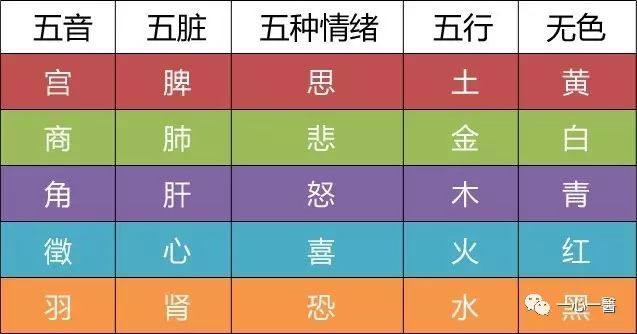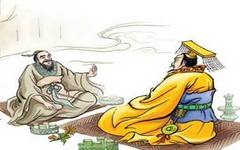

Question
How are the ‘Five Sounds’ in auscultation used for diagnosis?

Ouyang Qi


The pronunciation of a person must be coordinated between the mouth, tongue, lips, and teeth to be accurate. Therefore, the “Lingshu: Worry and Anger Without Words” states: “The entire mouth is the door of sound; the lips are the fan of sound; the tongue is the mechanism of sound; the uvula is the gate of sound.”

Phonology distinguishes five types of sounds, known as the Five Sounds: Gong (宫), Shang (商), Jiao (角), Zhi (徵), and Yu (羽). Gong sound is the central sound produced by the tongue, Shang sound is produced by opening the mouth, Jiao sound is produced by retracting the tongue, Zhi sound is produced by the tongue touching the teeth, and Yu sound is produced by the lips. The “Lingshu: Evil Guests” states: “Heaven has five sounds, and man has five organs.” Jiao corresponds to the wood sound, associated with the liver; Zhi corresponds to the fire sound, associated with the heart; Gong corresponds to the earth sound, associated with the spleen; Shang corresponds to the metal sound, associated with the lungs; and Yu corresponds to the water sound, associated with the kidneys. When the five organs are diseased, the sounds produced by the mouth, tongue, lips, and teeth will be biased towards one of the five sounds. Therefore, based on the Five Sounds, it is also meaningful to analyze and determine which organ is affected. For example, a bias towards Jiao sound is often related to liver wind disturbance and a short, curled tongue; a bias towards Zhi sound is often seen in cases of mental confusion and a stiff tongue; a bias towards Gong sound is often seen in chronic diarrhea and individuals who are weak and reluctant to speak; a bias towards Shang sound is often associated with wheezing and mouth breathing; and a bias towards Yu sound is often seen in cases of yang deficiency, cold aversion, and shivering. Any abnormality in a patient’s speech and sound can be analyzed to determine which sound is predominant, and combined with pulse diagnosis, it can serve as a basis for diagnosis. The use of the Five Sounds for diagnosis has not received widespread attention in the past, but in the future, clinical practice can summarize experiences in this area.
Proofread by: Du Yanfang

One Heart One Medicine
Your Health Guardian Expert
Treasure Map ↓↓↓


